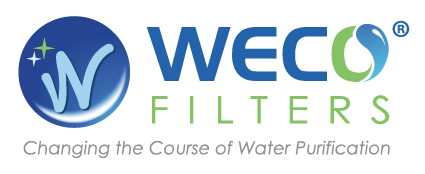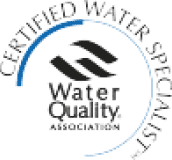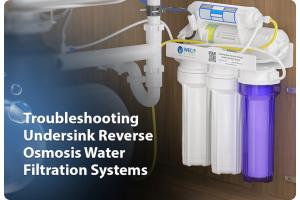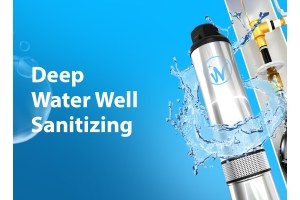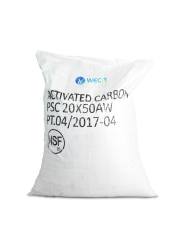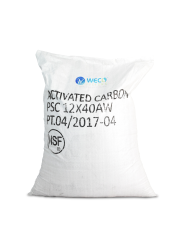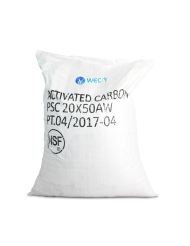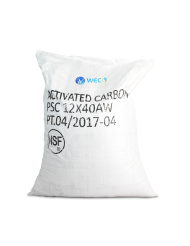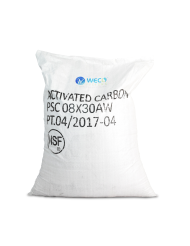Categories
- Water Ailments & Remedies (57)
- Installing Filters (13)
- Importance of Filtering Water (14)
- Product Notices (2)
Archive
Recent Posts
Carbon Basics
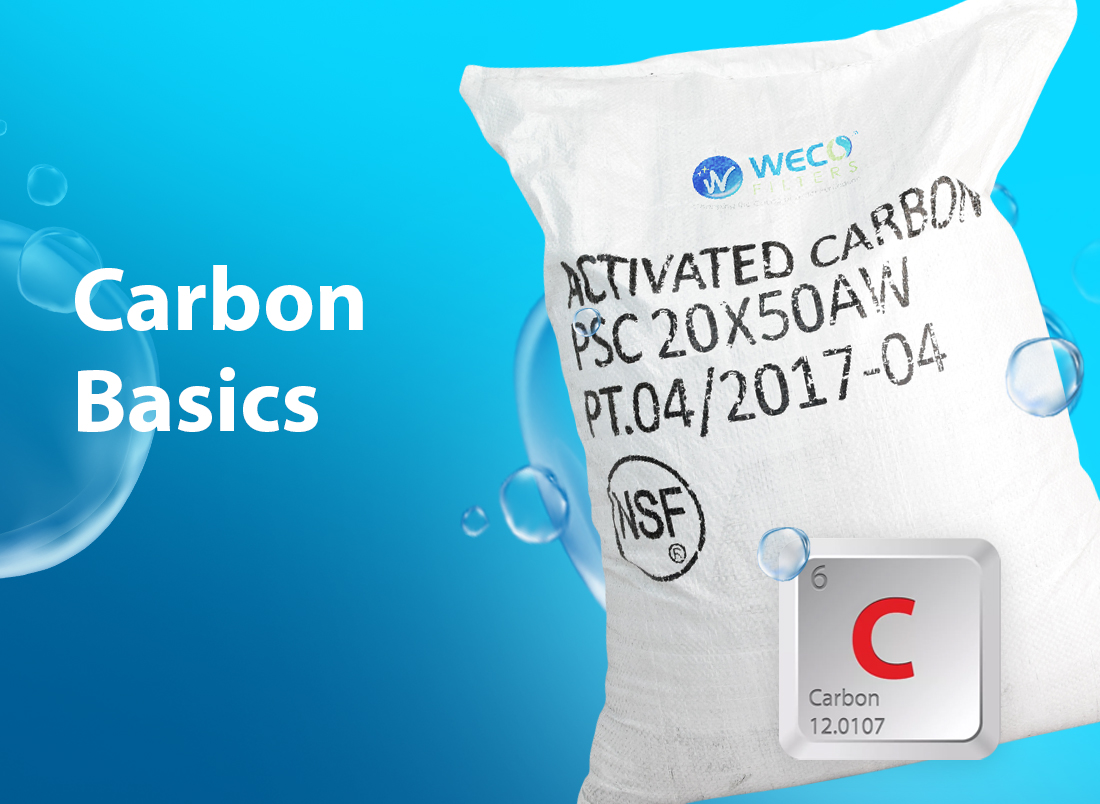
- Granular activated carbon is commonly used for reducing organics and residual disinfectants from water supplies. This im-proves taste and protects water treatment components such as reverse osmosis membranes and ion exchange resins from possible damage due to oxidation or organic fouling. Typical surface area for activated carbon is approximately 1,000 square meters per gram (m2/gm). However, different raw materials produce different types of activated carbon varying in hardness, density, pore and particle sizes, surface areas, extractables, ash and pH. These differences in properties make certain car-bons preferable over others in different applications. The two principal mechanisms by which activated carbon removes con-taminants from water are adsorption and catalytic reduction. Organics are removed by adsorption and residual disinfectants are removed by catalytic reduction. While more expensive, catalytic carbon is far superior for the reduction of chloramines and other contaminants. Catalytic carbon can generally be used in lieu of non catalytic carbon.
- pH : Organics are less soluble and more readily adsorbed at a lower pH. As the pH increases, removal decreases. A rule of thumb is to increase the size of the carbon bed by twenty percent for every pH unit above neutral (7.0).
- Particle Size : Activated carbon is commonly available in 8 by 30 mesh (largest), 12 by 40 mesh (most common), and 20 by 50 mesh (finest). The finer mesh gives the best contact and better removal, but at the expense of higher pressure drop.
- Flow Rate : The lower the flow rate, the more time the contaminant will have to diffuse into a pore and be adsorbed. A 20 by 50 mesh carbon can be run at twice the flow rate of a 12 by 40 mesh, and a 12 by 40 mesh can be run at twice the flow rate of an 8 by 30 mesh. When considering higher flow rates with finer mesh 20x50 carbons, maintain a peak flow of <10 GPM ft2 (5GPM peak for a 10”x54”) to mitigate pressure drop issues. Higher water temperatures decrease the solution viscosity and can in-crease the dye diffusion rate, thereby increasing adsorption. Higher temperatures can also disrupt the adsorptive bond and slightly decrease adsorption. It depends on the organic compound being removed, but generally, lower temperatures seem to favor adsorption.
- pH : Organics are less soluble and more readily adsorbed at a lower pH. As the pH increases, removal decreases. A rule of thumb is to increase the size of the carbon bed by twenty percent for every pH unit above neutral (7.0).
- Source: Product Catalog, Impact Water Products. Ontario, California
Carbon Basics
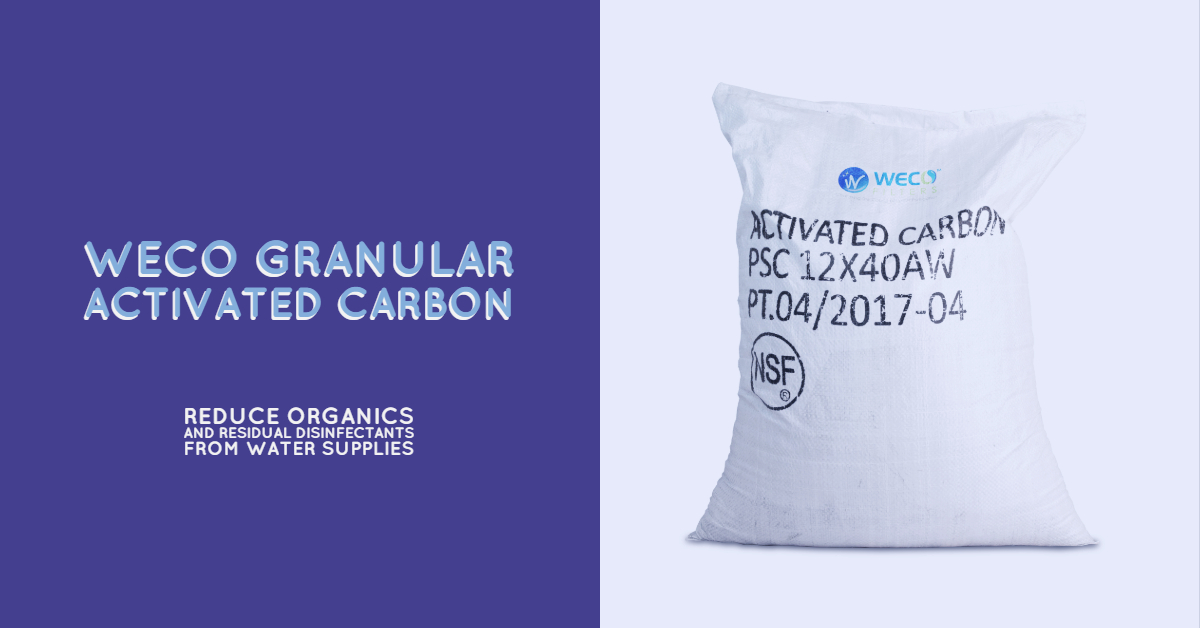
Important Carbon Considerations
Let us know your thoughts in the comments below.
Contact us through chat for immediate support
Related Products
prev
next
Conversation 0 Comment(s)
